The OpenStack Foundation called and the Stacker should come - to probably the last Summit under the new name Open Infrastrutcure Summit of this kind. For 2020, only one “OSF event” was announced instead of the previous 2 per year for the respective release cycle: In June 2020, it will go back to Vancouver (Canada).
It was mentioned in the Keynotes that in the Train cycle almost as many contributors come from China as from the USA. In the overall statistics there are even more:
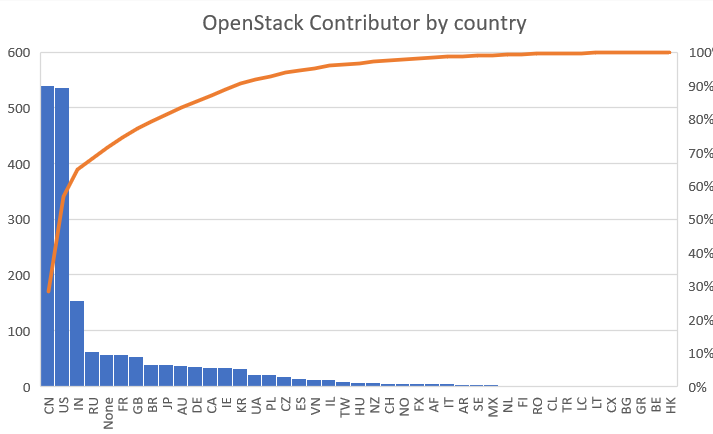
So it’s worth taking a look at the Far East and clarifying the question: What is specific about this China?
China facts Type of state: People’s Republic (socialism) Population: 1.4 billion (cf. EU = 500 million) Area: 9.6 million km²
Travel Visa required: Yes Distance from Helsinki: 6300 km Flight time: 6:34 h
Pro-Tip for the journey from Berlin is Finnair. Direct shuttle to Helsinki and they have the fastest routes to Far East

Infrastructure Whoever arrives in China may have certain ideas or expectations, for example about the fallen over rice sack. At the airports in Beijing and Shanghai you will look for them in vain. Instead, you are welcomed by a modern ambience. In Beijing, 2019 saw the opening of the world’s largest airport on the 70th anniversary of the People’s Republic of China, one month earlier: Daxing Airport. What you didn’t know before was that construction started in 2015 and after 4 years the first planes will take off from this huge octopus structure.
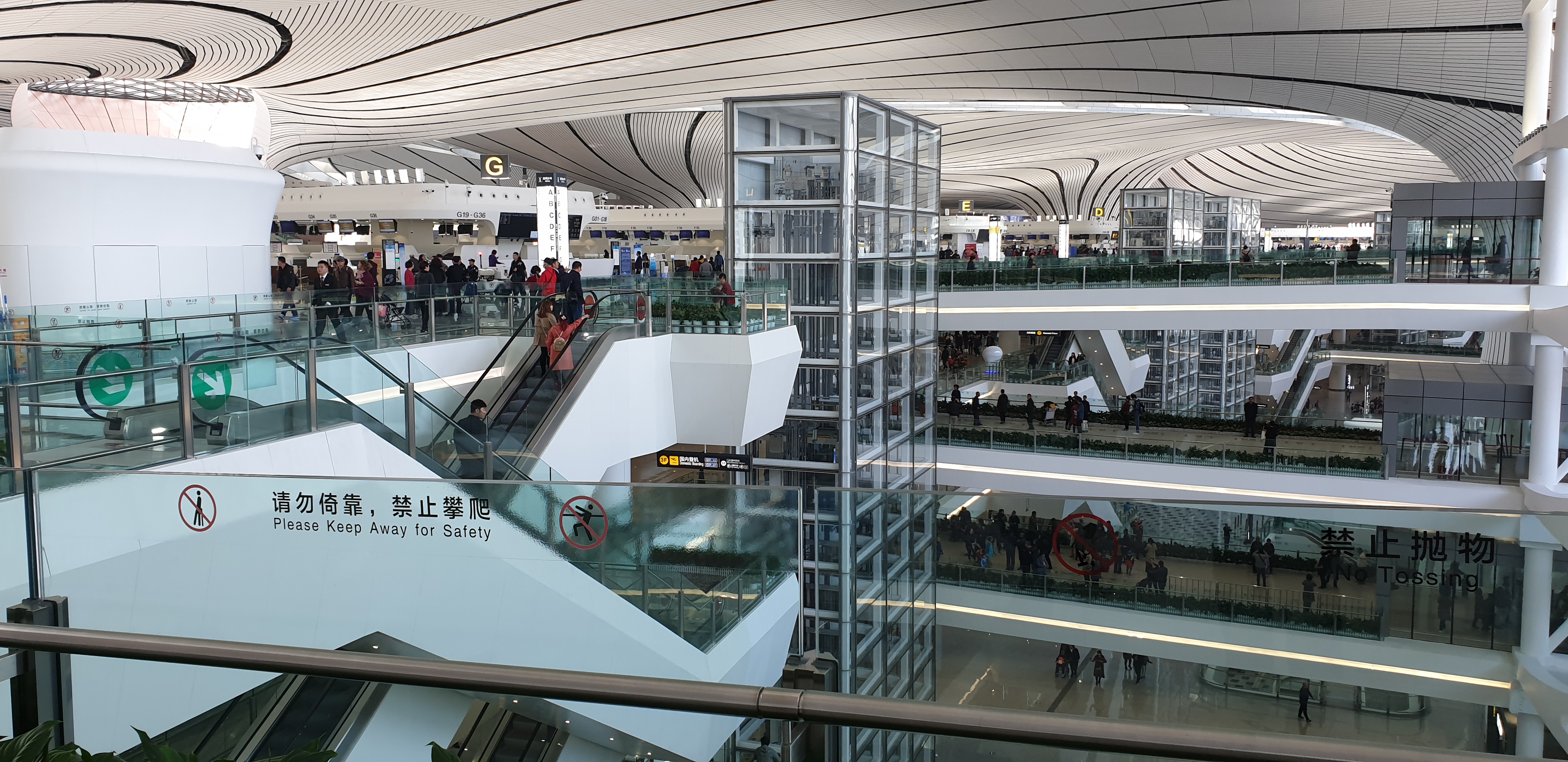
At the moment there are only a few flight connections, mostly near distance, and the area is more crowded by onlookers and visitors. There is also an airport express to the airport. The journey takes about 15 minutes. There are 2 terminals for the train: Business Class and Economy. Business Class can even check in at the last underground station.


Whoever arrives in Shanghai has the opportunity to ride a piece of German engineering art: The Transrapid magnetic levitation train. It covers the distance from 30 km to the city center at either 300 or 430 km/h. The train is equipped with a magnetic levitation train. You’re back before you’ve made yourself comfortable. The driving time is 7 min.
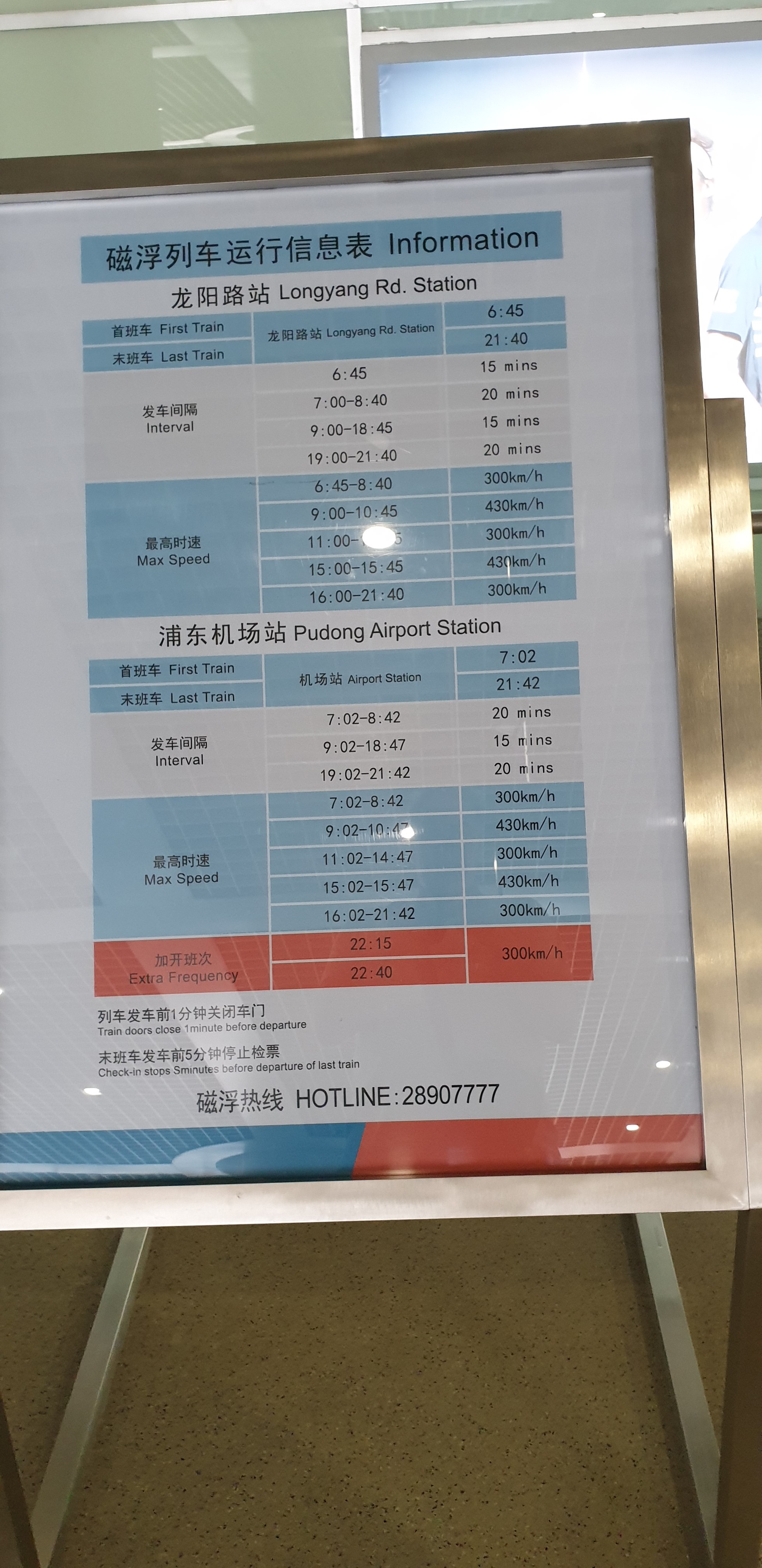
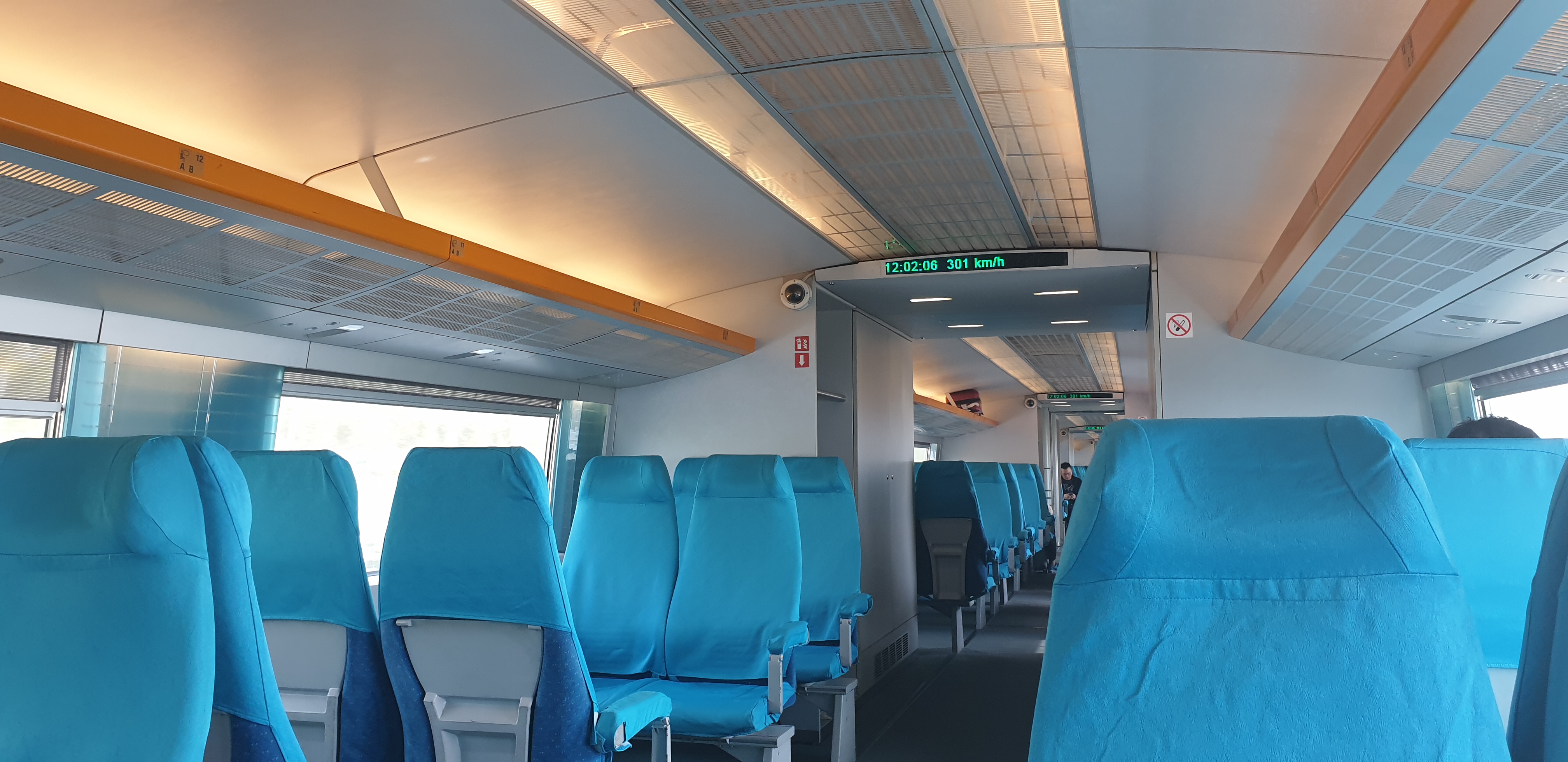

One more thing: If you use a domestic flight in China, you might notice these strange machines:

No boarding pass is required for this type of boarding. The passenger is identified with face recognition.
In local traffic, you usually continue with the subway. At first sight the subway plans of Beijing and Shanghai look quite confusing. But it is quite simple: Each line has a different color and number. You don’t even have to understand Chinese characters. All information are also available in English. The ticket vending machines are just as simple. You first choose the line and then the destination station. The ticket must be passed a barrier and kept all the time so that one can leave the destination station again. In the train there are station announcements in Chinese and English. Furthermore, you can see where the train is and what the next station is on the displays above each door.
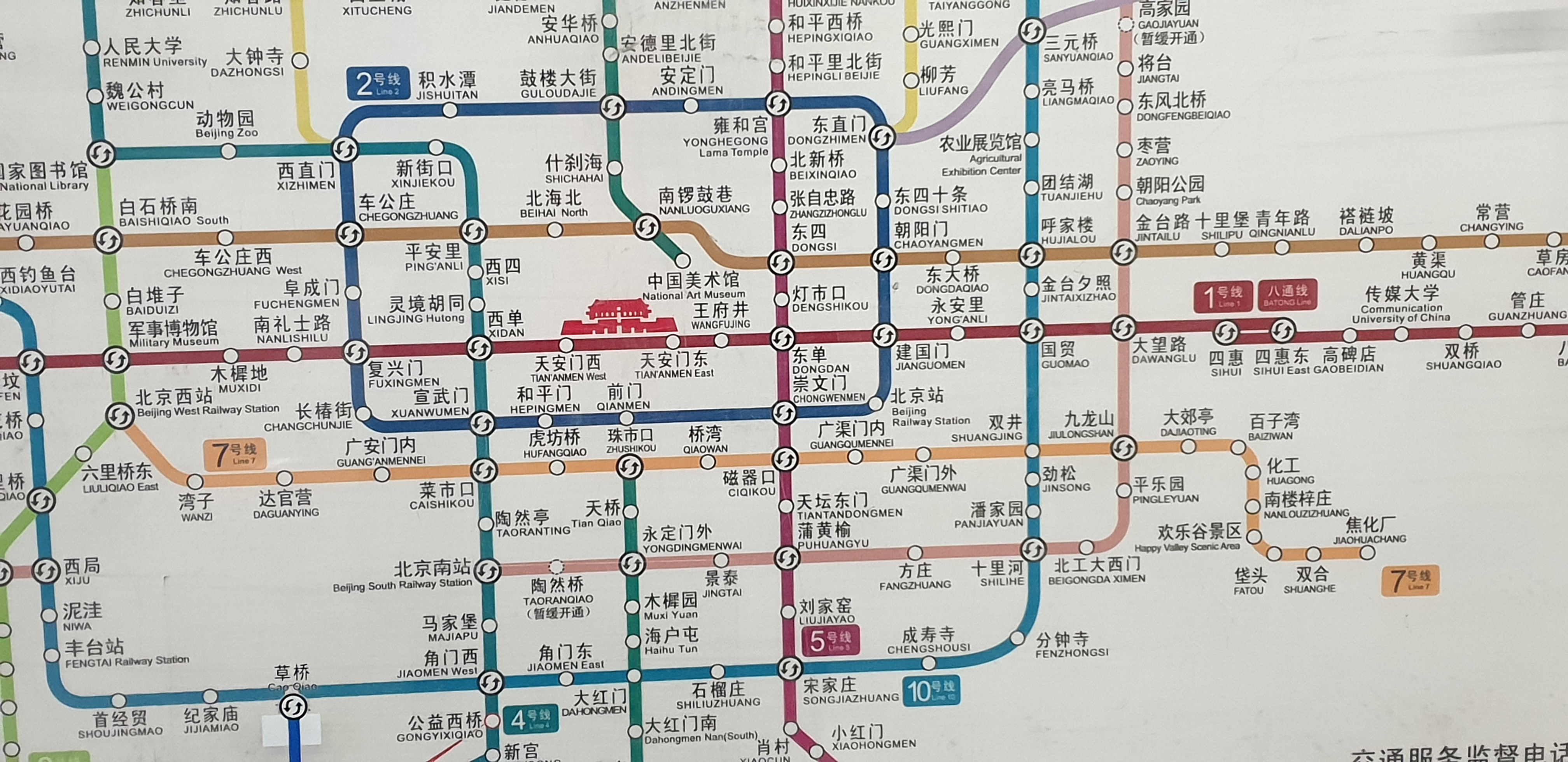

China is an extremely safe country. In front of every subway station is a security check with baggage control and body scan like at the airport. There are also security personnel everywhere. You should always carry your passport and visa with you, but don’t worry if you adapt to the surroundings. Oh, beware of pedestrian traffic lights:

These devices also work with face recognition. When red on the traffic light? Risk!
The road traffic in China may seem a bit lively with all the scooters and two/tricycle vehicles. Most of the time you don’t hear them, like some cars. How come? The vehicles are electric! In Shanghai another Tesla-Gigafactory was opened. But you can also find other brands of electric vehicles on the road. There are also buses with overhead lines for fast charging. So they can cover some routes with batteries. Simply works. And it is very quiet in the city. That’s why you often hear the horn and you don’t take it so exactly at the traffic lights. Turning right always works anyway and so everybody drives as he wants, in the dark also gladly times without light. But everything works.
China’s big cities are modern, clean and sometimes a bit lonely. Although the population density is much higher than in German cities, there are still quiet corners and parks. Also traditional ambience can be found in the big city, the City-God-Temple in Shanghai:

Internet/5G
The “Great Firewall” protects people in China from the misfortunes of the world. In fact, all Google services are unavailable in China (Google Search, Google Maps, Youtube, Google AdSense) and social media platforms such as Twitter and Facebook are blocked. However, Microsoft services work without any problems. One rather thinks about why Google of all people is not reachable now and why websites with Google Analytics infested are hanging.
But China has long since established its own services. The Internet search engine Baidu works differently and perhaps even better than Google, since the search results are already displayed when you type the search query. As a communication platform there is besides Telegram widespread WeChat, which works as similar as Facebook or Whatsapp. The Clue is the flanged payment system WeChat Pay, which makes cashless payment with the mobile phone in nearly all business, restaurants, even at beverage automats possible. The system is as ingenious as it is simple. Each participant has a WeChat ID with a QR code, which for example is hanging at the checkout in the shop. The customer scans the code with his mobile phone and the money is collected from his account. Another payment system is Aliababa-Pay. Alibaba is a large online merchant like Amazon and therefore operates its own cloud (similar to Amazon Web Services). Instead of Black Friday, China has Double 11, or November 11, also known as “Singles Day”, on which Alibaba made 23 billion dollars in sales per day. Taylor Swift performed at the Gala 2019 in Shanghai .
Speaking of Youtube: The platform is not available in China, but the English channel CGTN, publishes there news and livestreams.
5G has arrived in China in daily life. On television there is advertising that explains 5G. Every mobile phone manufacturer has shops with advertising for 5G devices. In fact, you can find 5G antennas everywhere in the countryside, mounted on masts about 250 meters apart. Even in the imperial palace in Beijing there are camouflaged 5G transmitters:

Food
What would a Peking visit be without Peking duck?

The dish is served in a practical wooden box together with flat cakes, liquorice sauce, onions, melon and sugar. The circumspect waiter will even have a fork ready for the Central European, if there is a danger that he could injure himself when eating with sticks. You don’t have to understand the Chinese characters either. Menus sometimes have English subtitles and mostly have pictures of the food, so when ordering you just have to point to what you want and you get it. Soup kitchens and daily restaurants work in the pre-paid procedure, so order and pay first, before you get something and can eat. Furthermore, there are traditional supermarkets like ours. You can find very good bakers with yeast particles, pig ears and delicious cakes.
People Apart from a few scoundrels, who want to impose an hour-long tea ceremony at inflated prices, the Chinese seem to be normal as far as possible. The oppression by the communist regime is not directly written on their faces. The western world would like to do business here and so there are a million Starbucks, but also McDonalds, Adidas, Nike, Dior … all possible western brands with huge shops in the big pedestrian zones or the malls, which are almost in every subway station.
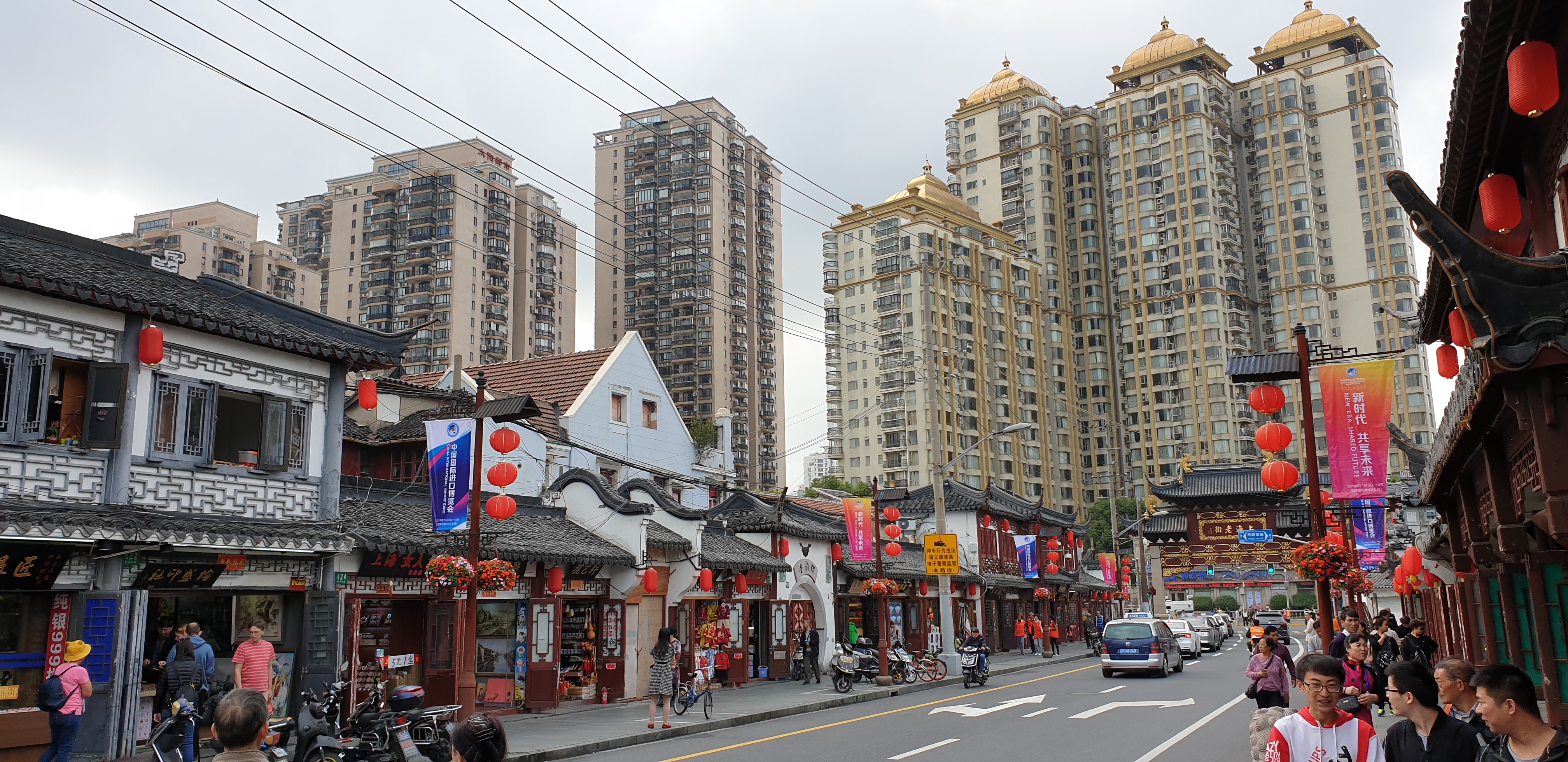

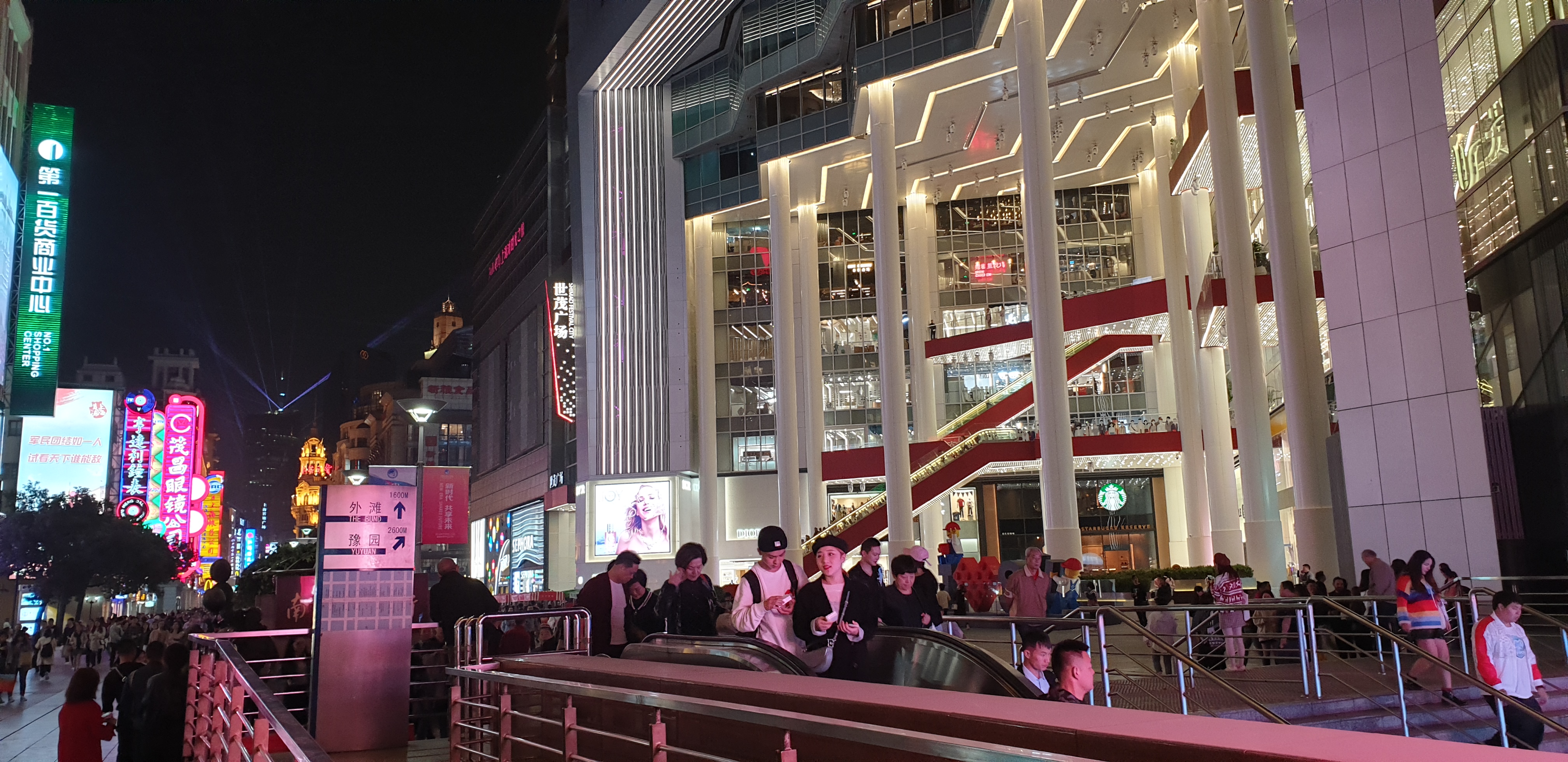
And speaking of the subway: The Chinese is perhaps not as polite and patient as the Japanese and likes to get on the subway. But we also know that from Germany and so you get along with the Chinese well in the end :-)
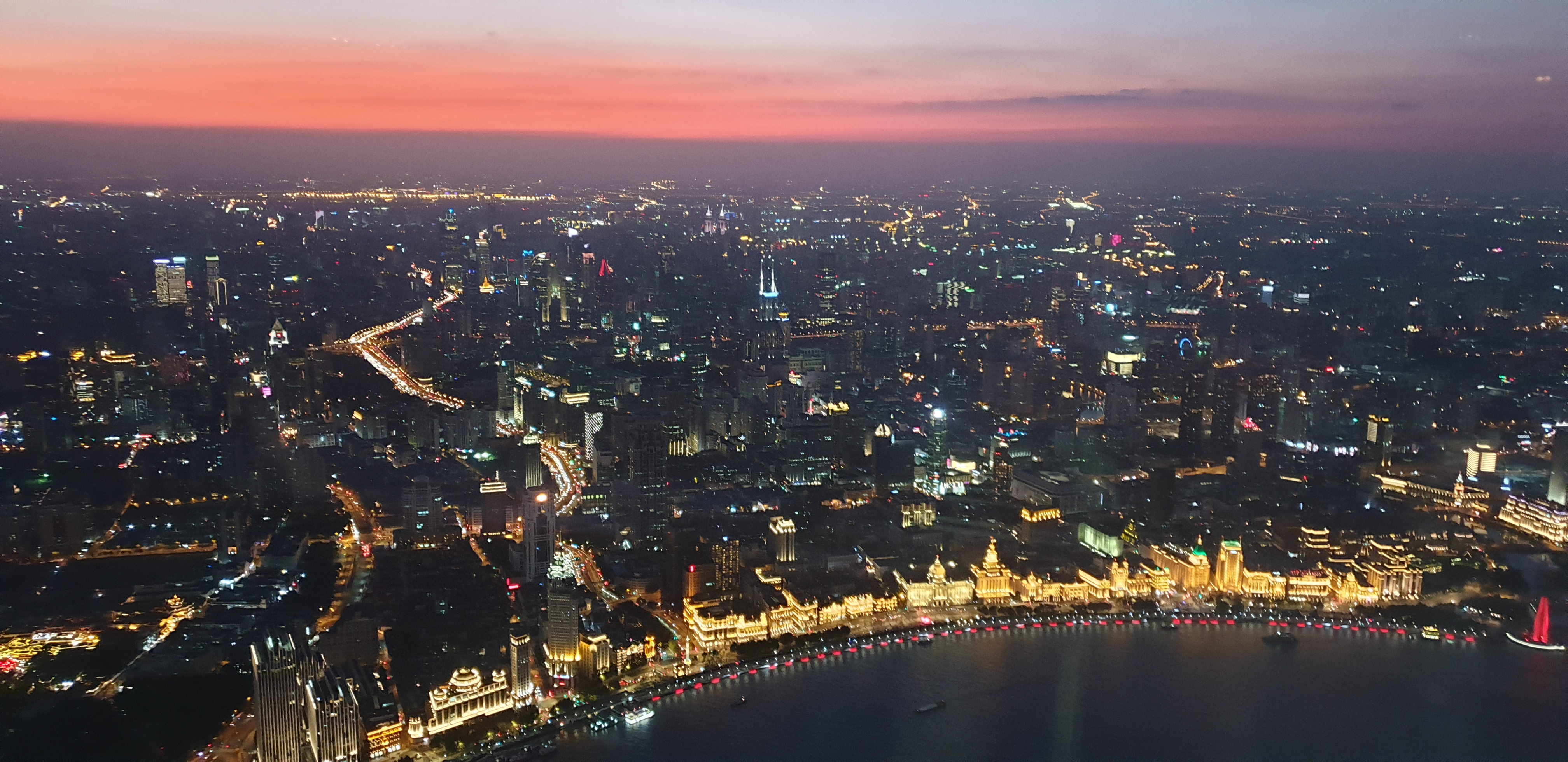
[pagebreak] OpenInfrastructure Summit
Exactly one year ago, at the OpenStack Summit in Berlin, it was possible to explain the low visitor numbers of 2800 participants by the fact that Germany is not an OpenStack country. There are no more large active user groups. The local DOST is aimed at managers, decision makers and is not intended for private users due to the high entrance fees. BTW: The entrance fee for the OpenInfraSummit Shanghai was with 238 dollars in the Early Bird very moderate, incl. catering. Usually there was “the” food and it was meticulously taken care of that one took either a Cola or a yoghurt as dessert. Both together did not work. In between there was coffee and water, as usual, but also at the PTG, where there used to be fruit and sweets, the meagre rations remained. Only 1200 participants were counted. Sarcastics spoke of a China-Group-Users meetup, where probably similar numbers of participants were called. Therefore, it was not surprising that many lectures were held in Chinese and the speakers did not care much about the international audience. But it can be so simple: Powerpoint offers a real-time translation function for the spoken word, which we used in our I18n project update. Not much can be said about the quality, but it looked functional:

But back to the beginning. One week OpenStack in Shanghai was promised to still be the main software in the Open Infrastructure world. But also the Sunrise projects like StarlingX, Airship. Kata Containers and Zuul set their accents on the Keynotes. The opening speech was given by Jonathan Bryce: “Global Collaboration Driving Innovation in a Multi-Billion Dollar Market”. So it was about big money in the Open Source business and OpenStack, growth market with billions of dollars. Well, that’s not surprising, the whole region is looking for growth and is impressed by odds that we can only dream of. The China Electronics Standardization Institute (CESI) gave a somewhat longer presentation. OpenStack is now the official cloud standard in China. An important topic, but in the length of the lecture many jetlag sufferers struggled with fatigue and the daily schedule threatened to get mixed up. The follow-up presentations were correspondingly short. Nothing new about the Train release, they even forgot to announce future events.
At the end of the article you will find a list of interesting sessions. There are applications of local companies with an explanation of their architecture. But also a lot of sponsored sessions, so someone wants to sell a product. Partly interesting, but also destroys the Open Source idea.
What worked well again were the Forum Sessions, in which current topics are discussed together and which always makes personal participation in the event meaningful. Similar to the PTG, of course, where it is always worth taking a look at the Etherpad list to see which topics are covered and who participates.
The large project groups are continuously doing good work. The processed lines of code are owed in the last release of the migration to Python 3 (main project goal) and improvements in code and documentation are made again and again. There are also always individuals who keep the projects alive with untiring diligence. Here are a few examples:
Colleen Murphy (PTL Keystone). Her Summit/PTG Recap Julia Kreger (PTL Ironic), responsible for the funny translated “naked metal deployment” Jay Bryant (Cinder Project & Upstream Institute)
Redhat (IBM) now has the largest part in the development.
New features in the documentation: In the Contributor-Guide there is now a chapter for Organizations, if and how it sends developers to the community.
The new community projects like StarlingX are in the process of establishing their working mode. As you can see in PTG-Etherpad, there are many construction sites: from documentation to definition of test cases, everything is included. You can fall back on proven OpenStack projects such as the developer platform Gerrit and Zuul. But also new people from new companies come into the project.
Outlook for future events: The outlook is uncertain. An event in Vancouver is planned for June 2020. In terms of the cost/benefit effect of participation, it must be remembered that there is only a 10% ATC code left (it used to be 100%), other extras such as good food and Summit T-shirts can only be dreamed of (Intel donated the Shanghai-Summit-Swag). Who is sent by his company as the main developer will have less of an issue. But for part-time contributors or OpenStack users it was probably the last summit.
session list (selected): https://www.openstack.org/summit/shanghai-2019/summit-schedule/events/24090/operators-the-future-of-kubernetes https://www.openstack.org/summit/shanghai-2019/summit-schedule/events/23991/openstack-provider-for-virtual-kubelet-a-nodeless-approach-for-kubernetes https://www.openstack.org/summit/shanghai-2019/summit-schedule/events/24092/cern-openstack-cloud-control-plane-from-vms-to-k8s https://www.openstack.org/summit/shanghai-2019/summit-schedule/events/24437/setting-up-an-edge-cloud-in-six-commands https://www.openstack.org/summit/shanghai-2019/summit-schedule/events/24015/china-unicoms-edge-orchestration-system-in-5g-to-manage-starlingx-k8s-and-openstack-edgedc https://www.openstack.org/summit/shanghai-2019/summit-schedule/events/23987/how-to-run-a-public-cloud-on-openstack https://www.openstack.org/summit/shanghai-2019/summit-schedule/events/24202/the-little-bag-otricks-10-things-you-might-not-know-you-can-do-with-openstack https://www.openstack.org/summit/shanghai-2019/summit-schedule/events/23920/why-you-should-adopt-open-infrastructure-today https://www.openstack.org/summit/shanghai-2019/summit-schedule/events/24315/automate-your-cloud-with-openstack-sdk-and-discover-secret-features https://www.openstack.org/summit/shanghai-2019/summit-schedule/events/24377/i18n-project-update-how-openstack-translation-started-from-chinese-language-team https://www.openstack.org/summit/shanghai-2019/summit-schedule/events/24204/build-and-scale-from-zero-to-success-the-first-thailand-openstack-public-cloud